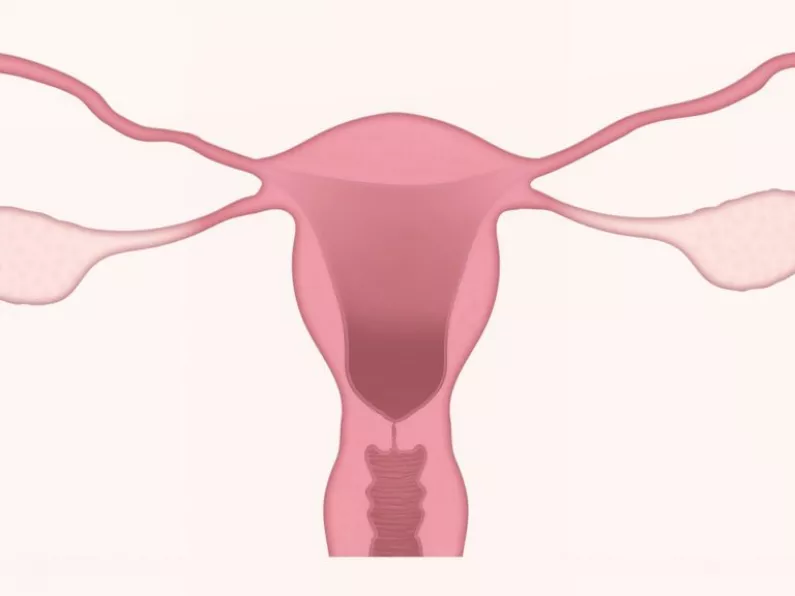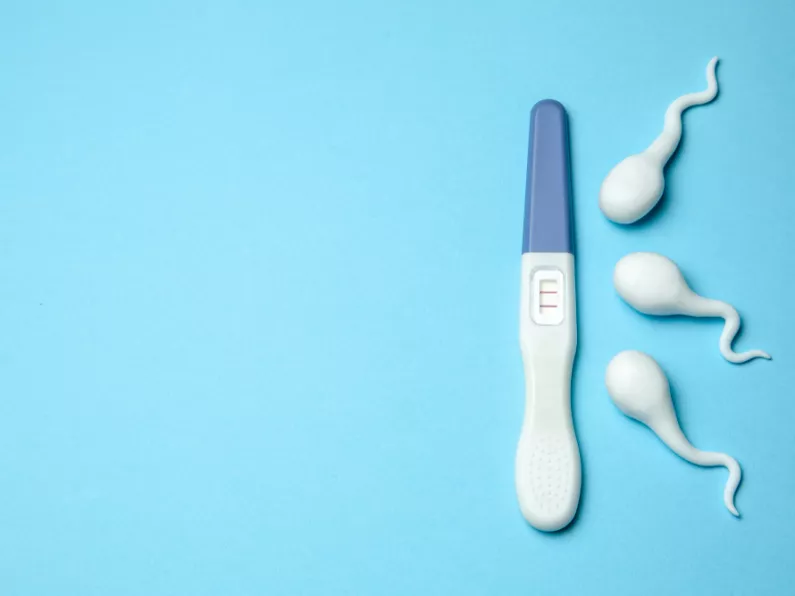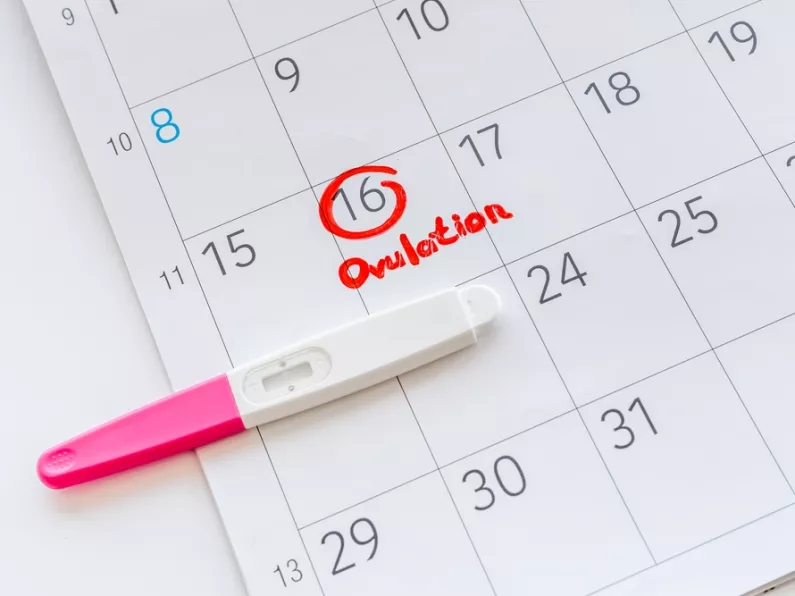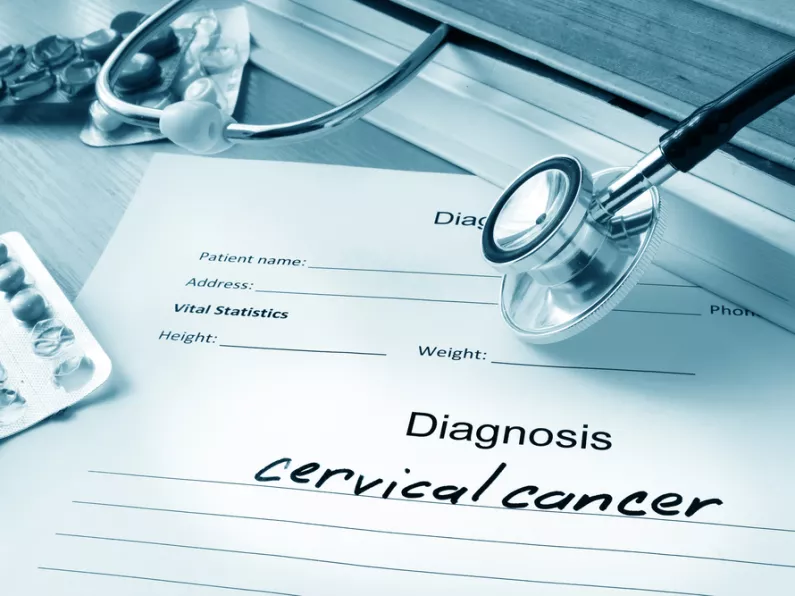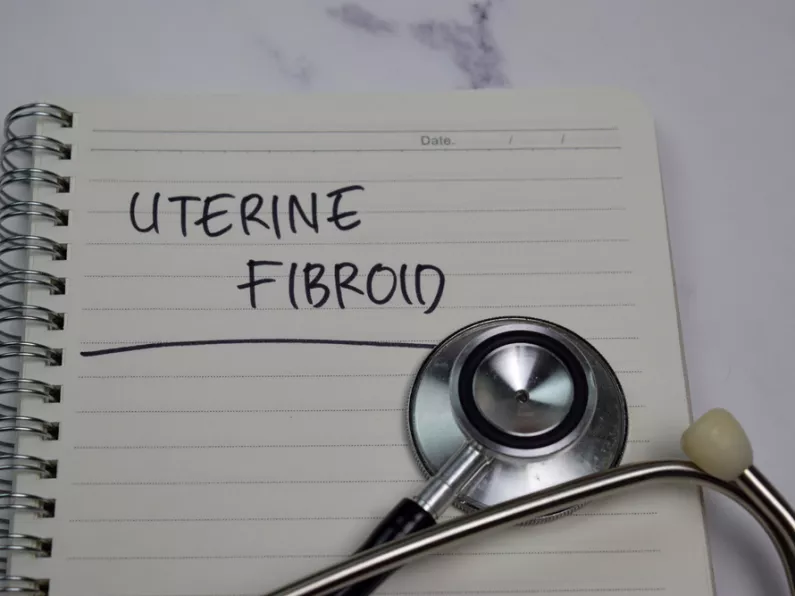Anovulation is when a woman does not release an egg, a leading cause of infertility worldwide. If you are unable to ovulate, you can't get pregnant
Fortunately anovulation is treatable, so here is everything you need to know.
What is anovulation?
Anovulation is a treatable condition of female infertility where a woman's ovaries fail to release an egg during her menstrual cycle.
Polycystic ovary syndrome (PCOS) is a leading cause of anovulation, but women can experience anovulation without PCOS.
Women experiencing anovulation may experience irregular or no periods. But confusingly, you can still bleed during a cycle when no egg is released - making it easy to think you're having a normal menstrual cycle.
Symptoms of anovulation
Chronic anovulation causes menstrual cycle irregularities, such as extended or shortened cycles, or no menstrual cycle at all.
Being aware of the signs of ovulation, and monitoring your menstrual and ovulation cycles accordingly, can alert you to symptoms of ovulation dysfunction, which include:
- Irregular periods
- Excessive or light menstruation
- Lack of menstruation
- Lack of cervical mucus
- Irregular basal body temperature (BBT)
Causes of anovulation
Polycystic ovarian syndrome (PCOS) is the most common cause of anovulation due to an imbalance of hormones which lead to ovulation. Other potential causes include:
- Obesity: Women with a high BMI may experience a chemical imbalance due to an excess of male hormones (like testosterone).
- Low BMI and extreme exercise: A low BMI or regular, intense exercise cause stress in the body and can hurt the pituitary gland, thus decreasing the hormones needed to ovulate regularly.
- Thyroid dysfunction: Thyroid-stimulating hormone and prolactin are two hormones released by the brain. Imbalances in TSH or prolactin can lead to anovulation in women.
- High stress levels: Excessive stress and anxiety can lead to hormone imbalance.
Diagnosing anovulation in women
The most significant part of anovulation is the absence of menstrual cycles. But there are other tests your fertility specialist can run, including:
- Reviewing your medical history to determine if you menstruate on a normal cycle.
- Consulting blood test results to monitor levels of progesterone, thyroid and prolactin in the second half of a cycle.
- A postcoital test, which involves taking a sample of cervical mucus soon after intercourse.
- An ultrasonography, typically intravaginal, to have a clear image of the reproductive tract and detect potential abnormalities.
- An endometrial biopsy to get a tissue sample taken from the lining of the uterus. By studying the thickness and qualities of this tissue, it can be determined if ovulation has occurred and if the endometrium is healthy enough to support egg implantation and fetal growth.
Fertility treatment for anovulation
There is no single solution for treating anovulation, but it is treatable.
The underlying cause of anovulation might be part of the treatment, for example, lifestyle changes such as weight loss and stress management.
Fertility drugs may be prescribed to balance hormone cycles and trigger ovulation.
IVF and IUI
In Vitro Fertilisation or Intrauterine Insemination may be advised by your fertility specialist.

